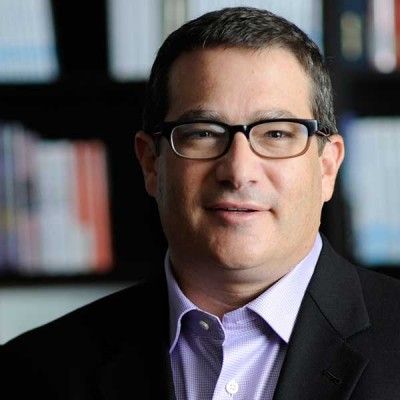Improve your business: 4 tips for healthcare execs
Multiple forces are increasing the need for change in healthcare. However, this does not mean healthcare organizations have increased their ability to change. There are a number of new change enablers and new barriers that did not exist 20 years ago. Too few organizations are equipped with the former and prepared for the latter.
Here are four tactical recommendations for accelerating change in healthcare.
1. "Insource" the change.

PerlmanNo one in your system has more experience than your employees. They already know the one or two or more obstacles that slow them down, frustrate them, make their jobs unnecessarily difficult, or simply distract from quality care.
Far too often today, if staff members do bring an idea forward, they are often not confident that their supervisor, department chair, or the administration will do anything with it.
Insourcing means providing your frontline employees and supervisors with an infrastructure, process, and contacts that can help them turn their good ideas into meaningful actions to improve care and better manage costs.
2. Connect your early adopters.
Some employees are early adopters. They might stand in line for the newest iPhone sight unseen. Others are laggards and may refuse to give up their flip phones.
Most change programs select one speed of change for everyone-often too slow for early adopters and too fast for laggards-frustrating everyone.
Working with early adopters, however, can generate early momentum and empirical evidence in support of a change effort.
Consider assembling early adopter volunteers into a networked team with the active support of the administration, chairs, and executives. This will enable them to work across the hierarchy like a stent.
This group will open up the flow of information and accelerate processes-they will lead the change from the inside-out. Executives should partner with the early adopters, providing protection from the laggards’ vocal criticisms, removing roadblocks, and helping lead the change from the top down.
Next: Re-architect your calendar for urgency
3. Re-architect your calendar for urgency.
Time is the healthcare executive’s most limited resource (followed closely by money). Recent research indicates that physicians and providers are simply burned out-stretched too thin on too many priorities.
Here is a quick check: First, list your top priorities for this month. Second, look at your calendar for the month and estimate the percentage of time you are spending on those priorities vs. everything else. Is that allocation sufficient attention to your top priorities?
If not, re-architect your calendar-block out time to work on the priorities, send representatives to low-value meetings (or decline or cancel them) and build priorities into agendas for meetings you do attend.
Make your calendar match your priorities. Purging low-value activities is a sign of true urgency. This is part an individual activity; another part is making it cultural in your organization.
4. Communicate wins for reapplication.
Wins-defined as anything that makes us better today than we were yesterday-are critically important for a change effort.
Recognizing wins and celebrating them is a way to build pride and confidence in a team. More important is communicating those wins across the system so that others can reapply them in their teams.
This communication and reapplication helps exponentially multiply the benefits from a single win.
Currently, staff is often siloed-off from their peers in other facilities or departments or even floors. The popular method of connecting them is staff development days, often on an annual basis. This is simply too little an effort, too slow a process, and too formal a process to move at the speed of change needed.
Simply video recording or documenting the best practice, then sharing it peer-to-peer across location and/or department directly with those who perform the same activity in the other locations, helps advance efficiency and improvement.
This ability to capture, communicate, and quickly reapply wins within a single system is a new capability in healthcare today, brought about by the growth of larger provider networks and accountable care organizations.
For healthcare to succeed in benefitting from the above four recommendations at the speed and scale needed today, leaders need more than just tactics. They need to create a sustainable infrastructure for change-methods, processes, teams, skills, discipline and meaningful executive involvement.
When those elements are applied, with the talent and dedication resident in healthcare organizations today, our best in healthcare becomes possible.
As an engagement leader at Kotter International, Ken Perlman helps clients achieve their strategic goals and accelerates their speed to results. Ken has worked with some of Kotter International’s most successful clients across multiple industries, functions and geographies. Ken can be reached at ken@kotterinternational.com.
Extending the Capabilities of the EHR Through Automation
August 2nd 2023Welcome back to another episode of "Tuning In to the C-Suite," where Briana Contreras, an editor of Managed Healthcare Executive, had the pleasure of chatting with Cindy Gaines, chief clinical transformation officer at Lumeon.
Listen